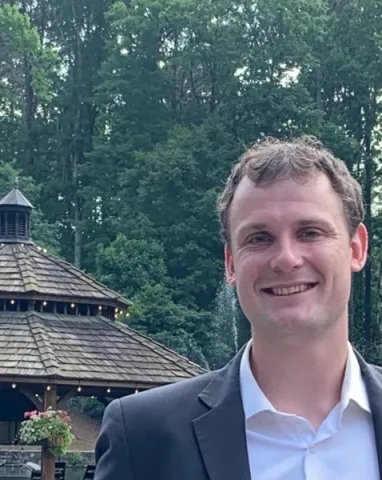About the project
Traditional approaches to metallic materials innovation against creep-fatigue rely on extensive physical testing which is currently conducted in a sequential, low-throughput manner. This project aims to develop a high-throughput creep-fatigue qualification protocol by integrating full-field imaging techniques with meso- and small-scale testing, to faithfully capture design-relevant properties for fusion energy.
Creep-fatigue is a critical structural integrity concern in fusion reactor design and operation, particularly for the breeding blanket and divertor, as it can cause premature failure and reduced component lifespan. Traditional approaches to metallic materials innovation against creep-fatigue rely heavily on extensive physical testing — a material qualification step — which is currently conducted in a sequential, low-throughput manner. This results in extremely high commercialisation costs, prolonged development timelines, and substantial market uncertainties. Despite decades of work, even well-known alloys such as Type 316, Alloy 617, 800H or P91, still lack sufficient creep-fatigue datasets to enable confident design predictions. Accelerating this process is essential for delivering next-generation fusion energy technologies that can support global net-zero ambitions.
This project aims to develop a high-throughput creep-fatigue qualification protocol by integrating full-field imaging techniques with meso- and small-scale testing, to faithfully capture design-relevant properties under complex loading conditions. Complementing these experiments, ML-driven data fusion and inverse stress analysis will be employed to extract detailed mechanical properties from measured strain fields. The outcome will be validated tools for enhanced reliability assessments and more accurate life predictions in critical fusion technologies. By dramatically increasing the data generation rate and enabling systematic correlation of microstructural features with performance, this work will compress the traditional multi-decade creep-fatigue qualification timeline into a significantly shorter, agile innovation cycle.
You will be supervised by a diverse team of academia and industrial experts, who will provide comprehensive training in both core science and soft skills. You will have access to world-class facilities at the University of Southampton, such as the Testing and Structures Research Laboratory (TSRL) and the µVIS X-ray Imaging Centre. You will also fully engage with the 3-month training programme within the Fusion Engineering CDT at the start of the course. CDT training will be delivered across the CDT partner universities at Sheffield, Manchester, Birmingham and Liverpool. Find out more about the Fusion Engineering CDT programme.

